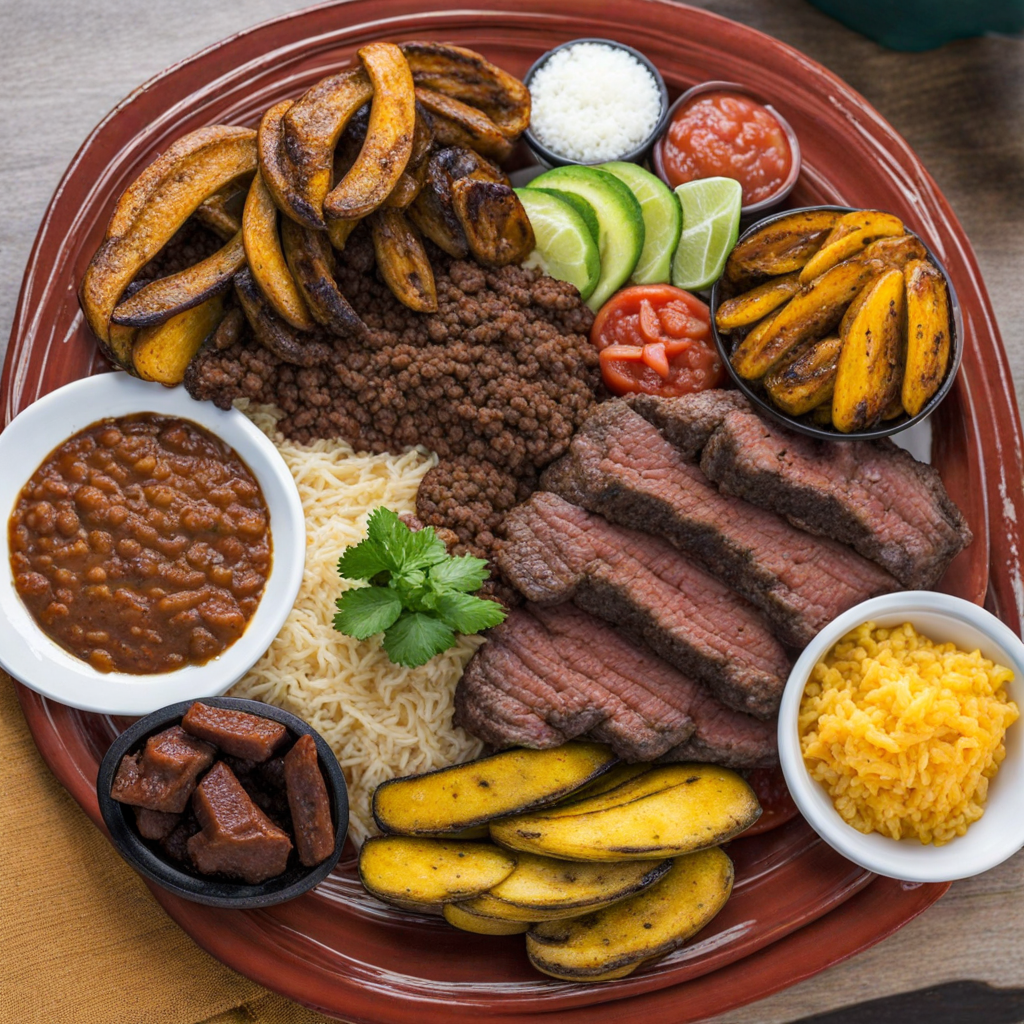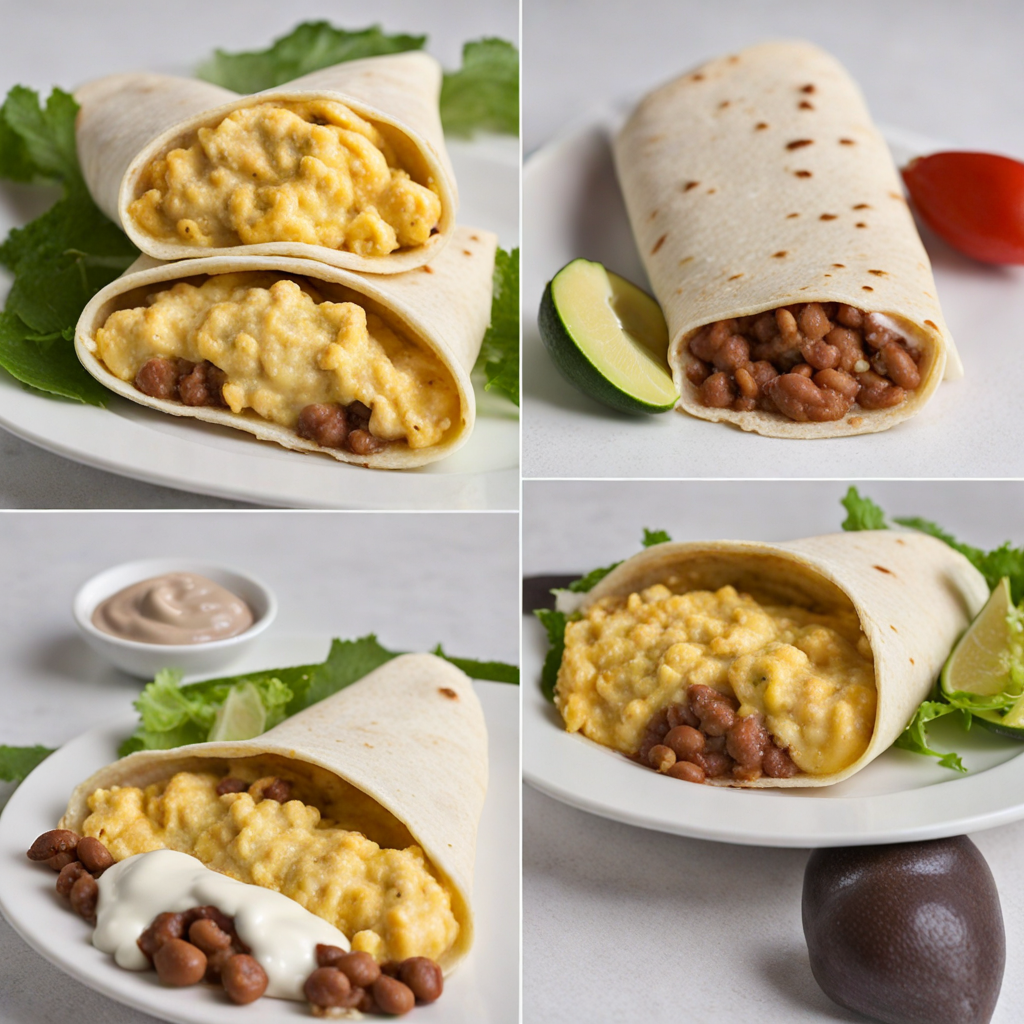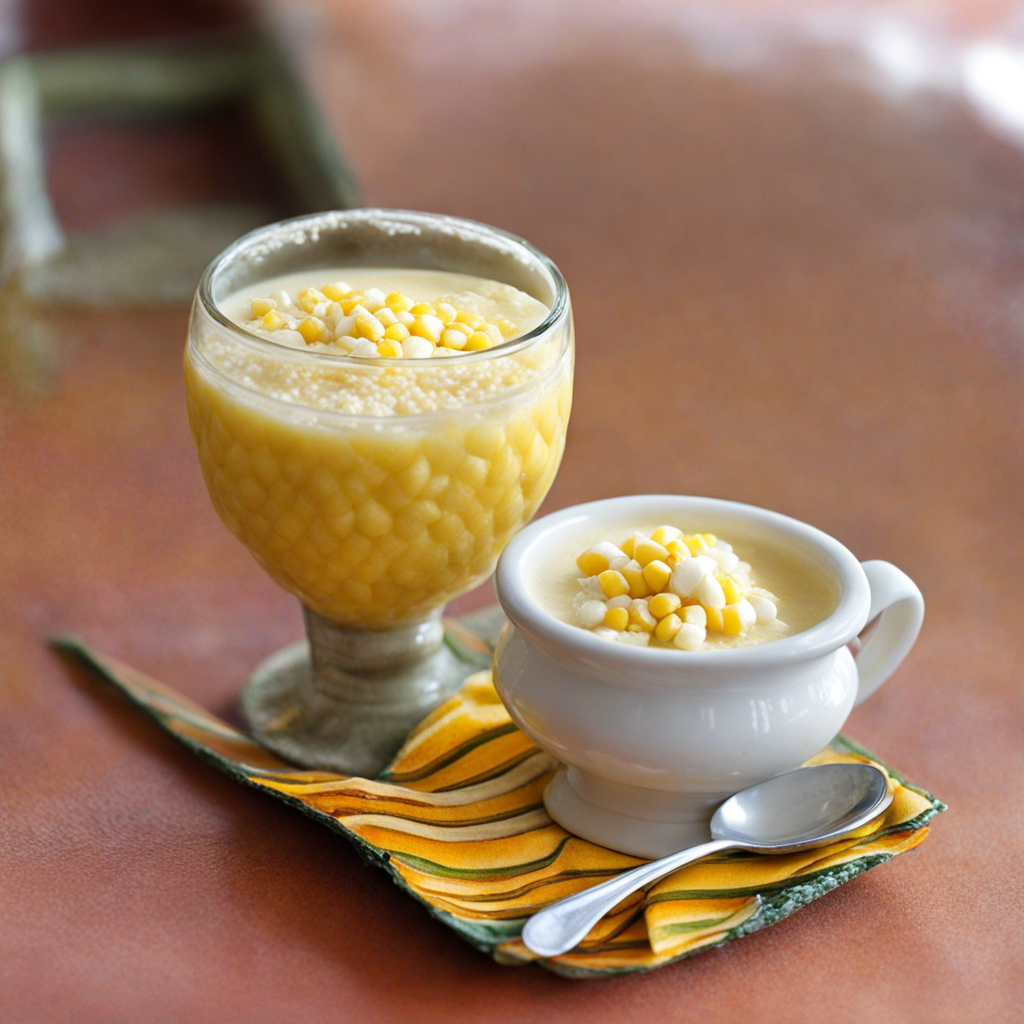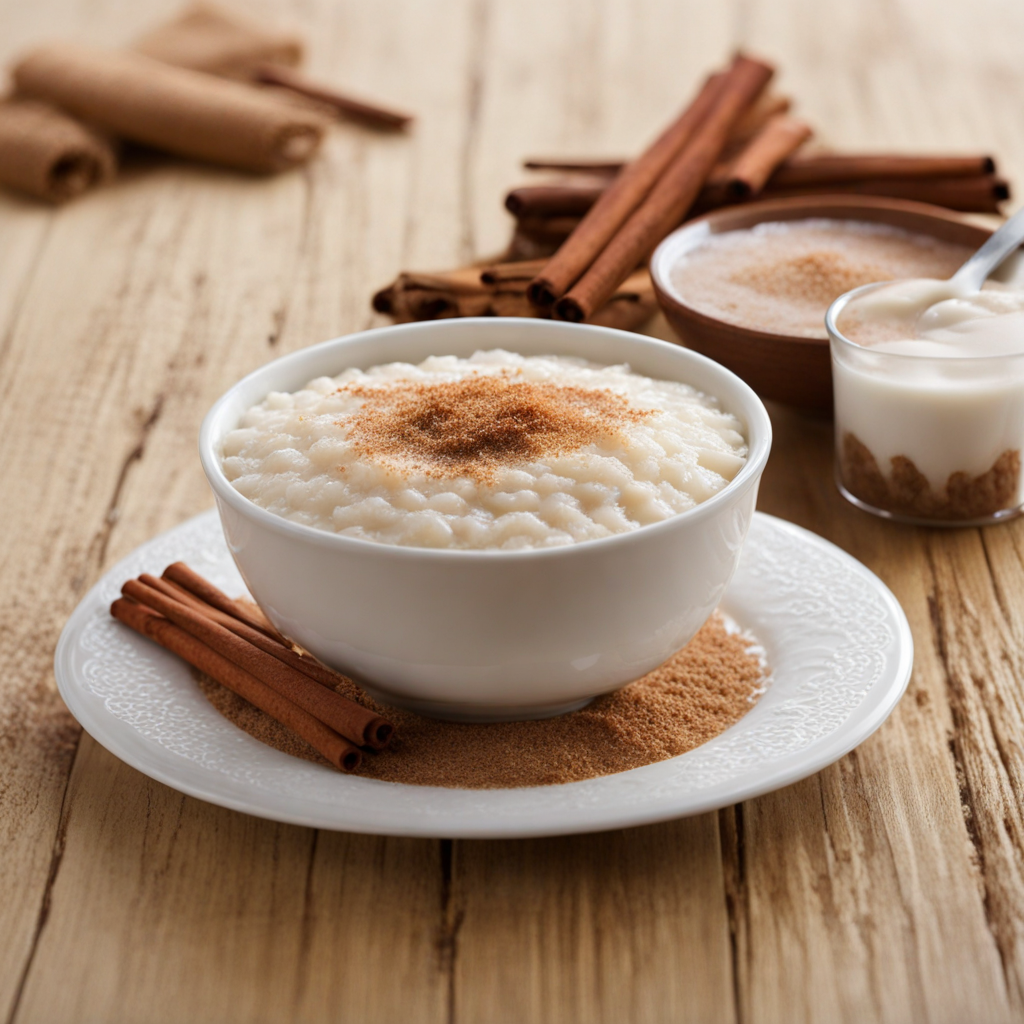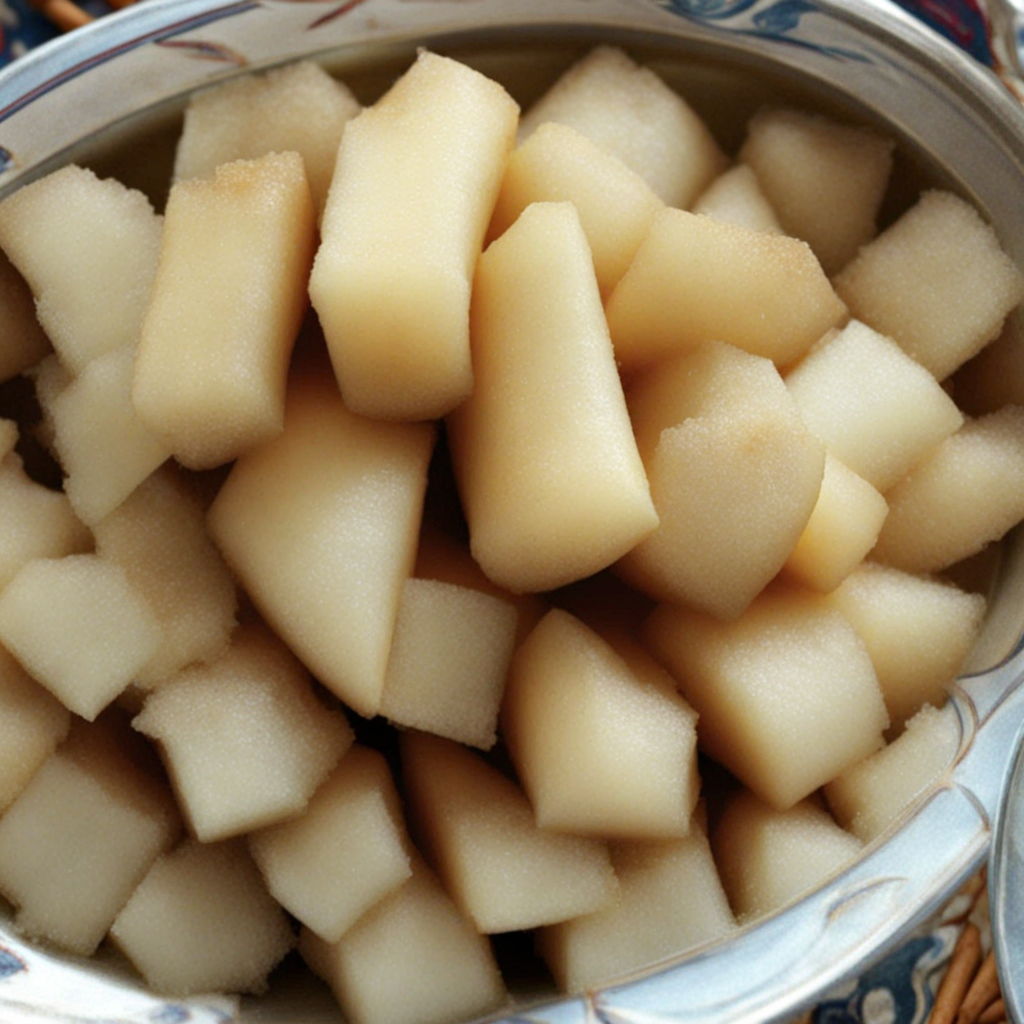Plato Típico
Plato Típico is a vibrant and hearty dish that embodies the rich culinary traditions of Honduras. This beloved meal typically features a base of rice and beans, which are staples in the Honduran diet. The rice is often fluffy and seasoned, while the beans are usually stewed to perfection, offering a comforting and satisfying foundation. Accompanying these staples are fried plantains, which add a sweet and savory contrast, and a fresh salad that usually includes tomatoes, cucumbers, and lime, providing a refreshing crunch to the meal. Each component is thoughtfully prepared, making for a well-rounded experience that captures the essence of Honduran comfort food. Proteins play a significant role in Plato Típico, with options such as grilled beef, chicken, or pork served alongside the rice and beans. The meats are typically marinated with local spices and grilled to achieve a smoky flavor that enhances the dish's overall profile. In some variations, you might also encounter a fried fish, showcasing the country's coastal influences. Each protein adds its unique taste, allowing diners to choose their favorite or sample a bit of everything. To finish off this delightful meal, Plato Típico is often served with a side of homemade tortillas, which are ideal for scooping up the various components on the plate. The dish is not just about flavor; it’s an experience that brings together the essence of Honduran culture and hospitality. Whether enjoyed at a local restaurant or prepared at home, Plato Típico offers a taste of the heart and soul of Honduras, inviting you to savor its bold flavors and vibrant colors.
How It Became This Dish
The Rich Tapestry of Plato Típico: A Culinary Journey through Honduras Honduras, a country nestled in the heart of Central America, is known for its diverse landscapes, rich cultural heritage, and, most importantly, its vibrant cuisine. At the center of this culinary tapestry lies a dish that encapsulates the essence of Honduran life: Plato Típico. This traditional meal, often considered the national dish of Honduras, is not just a plate of food; it is a reflection of the country's history, culture, and the communal spirit of its people. #### Origins of Plato Típico The origins of Plato Típico can be traced back to the indigenous peoples of Honduras, particularly the Lenca and Garífuna communities. These groups have long utilized local ingredients, such as corn, beans, and various meats, to create nourishing meals. The Lenca, known for their agricultural practices, cultivated staple crops that remain integral to the Honduran diet today. The Garífuna, descendants of Carib and Arawak people, added a unique flair with their seafood and tropical fruits, introducing flavors that have become synonymous with coastal cuisine. Spanish colonization in the 16th century brought new ingredients and culinary techniques to the region. The introduction of livestock, such as cattle, pigs, and chickens, expanded the protein options available to the indigenous population. Over time, the fusion of indigenous, Spanish, and African culinary traditions shaped what we now recognize as Plato Típico. This convergence created a dish that represents the social and cultural melting pot that is Honduras. #### Components of Plato Típico Plato Típico is not a single dish but rather a combination of several traditional items that together narrate the story of Honduran life. While the specific components can vary by region and personal preference, there are several key elements that are commonly included: 1. Rice and Beans: A staple of the Honduran diet, rice and beans are often served together, symbolizing sustenance and abundance. The black bean is particularly favored, often stewed with spices to enhance its flavor. 2. Fried Plantains: Also known as "tostones" or "plátanos fritos," these golden, crispy slices of plantain add a delightful crunch and sweetness to the plate. They are a favorite among locals and are often enjoyed as a side dish with many meals. 3. Grilled Meat: Typically, Plato Típico features a choice of grilled meat, which could be chicken, beef, or pork. The meat is usually marinated with local spices and grilled to perfection, imparting a smoky flavor that complements the other components. 4. Cabbage Slaw: A refreshing cabbage salad, often mixed with tomatoes and spices, provides a crisp contrast to the rich flavors of the meat and fried plantains. This element not only adds color to the plate but also showcases the importance of fresh vegetables in Honduran cuisine. 5. Salsa Roja: A tangy red sauce made from tomatoes, peppers, and spices, salsa roja is often served on the side, allowing diners to adjust the spice level to their liking. This condiment highlights the importance of bold flavors in Honduran cooking. 6. Queso Fresco: Crumbled fresh cheese adds a creamy texture and mild flavor, rounding out the dish and enhancing its richness. #### Cultural Significance of Plato Típico Plato Típico is much more than just a meal; it is a cultural symbol that embodies the spirit of Honduras. It is commonly served during family gatherings, celebrations, and festivals, serving as a reminder of the importance of community and shared experiences. The act of preparing and enjoying Plato Típico is often a communal affair, with family members participating in the cooking process and sharing stories and laughter around the table. The dish also holds significant cultural value in representing national identity. While Honduras boasts a variety of regional cuisines, Plato Típico serves as a unifying symbol that transcends local differences. It is a dish that evokes pride among Hondurans, whether they are enjoying it at home, at a roadside eatery, or at a festive gathering. #### Evolution Over Time As with many traditional dishes, Plato Típico has evolved over time, influenced by changes in society, economy, and globalization. In the early 20th century, the dish was primarily enjoyed by rural communities, where it was made using locally-sourced ingredients. However, as urbanization increased, so did the accessibility of diverse ingredients and culinary techniques. This led to variations of Plato Típico, with chefs experimenting with fusion elements and modern presentations. In recent years, the rise of culinary tourism has also played a role in the evolution of this iconic dish. International visitors to Honduras are increasingly seeking authentic culinary experiences, prompting local chefs to innovate while still honoring traditional preparations. This has resulted in a resurgence of interest in traditional Honduran cuisine, with Plato Típico often featured prominently on menus in restaurants across the country. Moreover, the impact of the diaspora cannot be overlooked. Hondurans living abroad have sought to recreate the flavors of their homeland, adapting recipes to fit the availability of ingredients in their new environments. This has led to the emergence of "Honduran restaurants" in places like the United States, where Plato Típico is a staple offering, allowing immigrants to share their culinary heritage with a wider audience. #### Conclusion Plato Típico is a culinary masterpiece that tells the story of Honduras—its history, culture, and the enduring spirit of its people. From its indigenous roots and colonial influences to its modern iterations, this dish encapsulates the vibrant flavors and communal values that define Honduran life. Each component of Plato Típico reflects the rich agricultural heritage and diverse cultural influences that have shaped the nation over centuries. As Honduras continues to evolve, so too will Plato Típico, remaining a beloved symbol of national pride and a testament to the power of food in bringing people together. In every bite, one can taste the history, the culture, and the love that Hondurans pour into their culinary traditions, making Plato Típico not just a meal but a cherished experience to be shared and celebrated.
You may like
Discover local flavors from Honduras


